Java, Ruby, Python … If you had asked me four years ago to name a coding language, I would have been pretty stumped. But, over these past four years, I have developed a better understanding of coding and the importance of coding.
I may not know how to write much code, but I have developed a greater understanding of why it is important for us as educators to expose our learners to code. Coding is viewed as a “new” literacy that is becoming more and more important in the job market. There are more careers available in computer science than there are qualified candidates for these jobs. As educators, we need to create a passion and interest for computer science within the girls and boys in our classrooms. This passion begins with our students as young as elementary school.
My first real experience with code was four years ago, the first time I had students participate in Hour of Code. How we have done Hour of Code has changed each year, but the “why” behind Hour of Code has always remained the same.
Find free #HourofCode activities from Wonder Workshop.
The students who are in kindergarten right now will be graduating from high school in the year 2030. The world that they will live and work in is going to be a very different place than our world today. But some of the critical skills will remain the same. We need to develop learners who are problem solvers, critical thinkers, creators, and innovators.
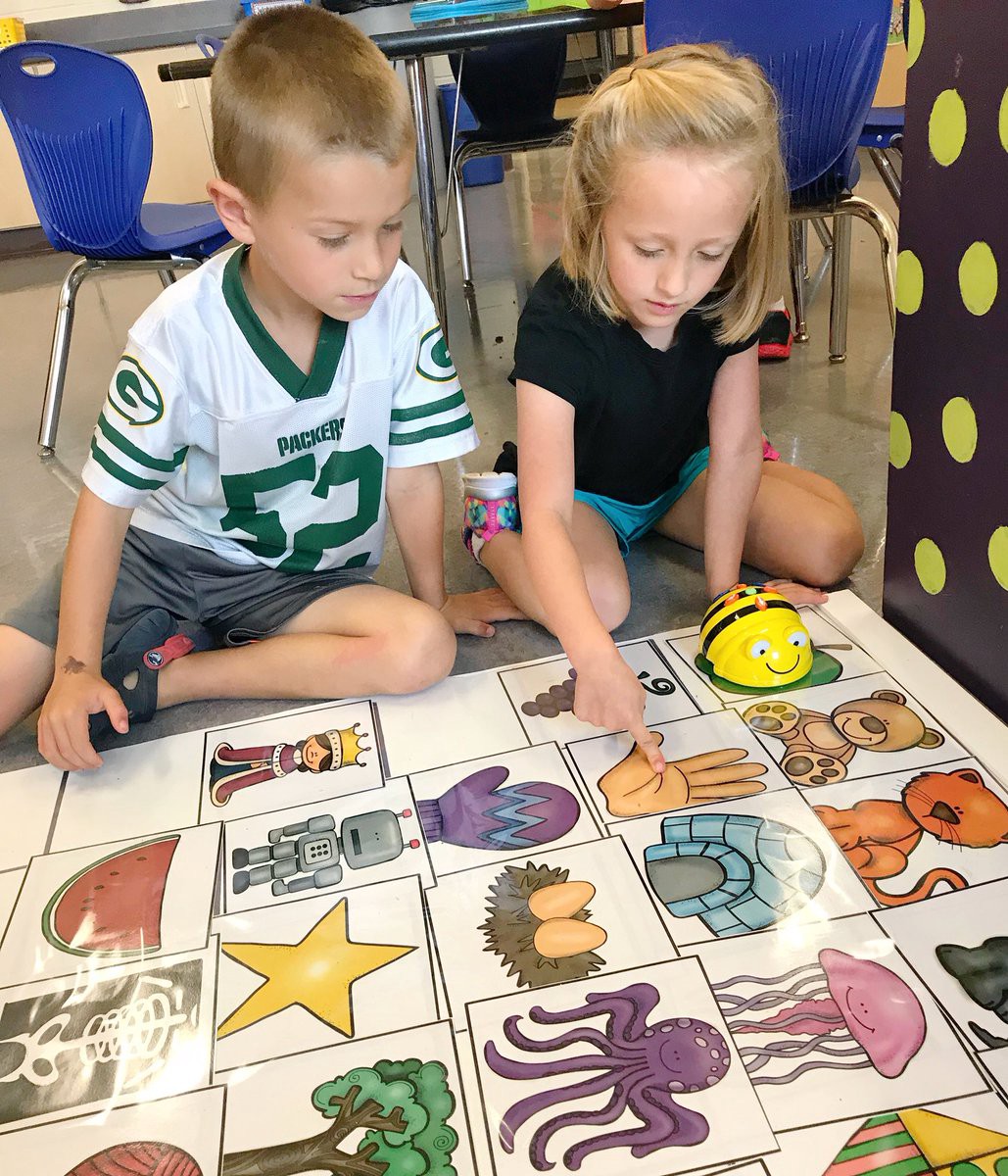
21st-century skills are competencies that all students need to learn and develop. Here at Bay Harbor Elementary School in Suamico, Wisconsin, many of these 21st-century skills are integrated into the teaching and learning of core subject areas. One way our teachers do this is through integrated experiences with coding.
It’s inspiring to watch kindergartners use Bee-Bots to learn the basics of coding as they work on letter sounds. Later in the year, those same students explore force and motion using Sphero and Dash. Walk into a second-grade classroom and see students program Dash as a town crier delivering messages during colonial times. Observe fourth-graders developing ways to show their understanding of the nervous system by programming Dash and Sphero or creating a video game using Bloxels. Listen as you hear students create melodies using the xylophone with Dash in music class. Marvel as they explore perimeter and area using Ozobots. Watch in awe as students create their own data for mean, median, and mode as they program Dash to shoot a basket.
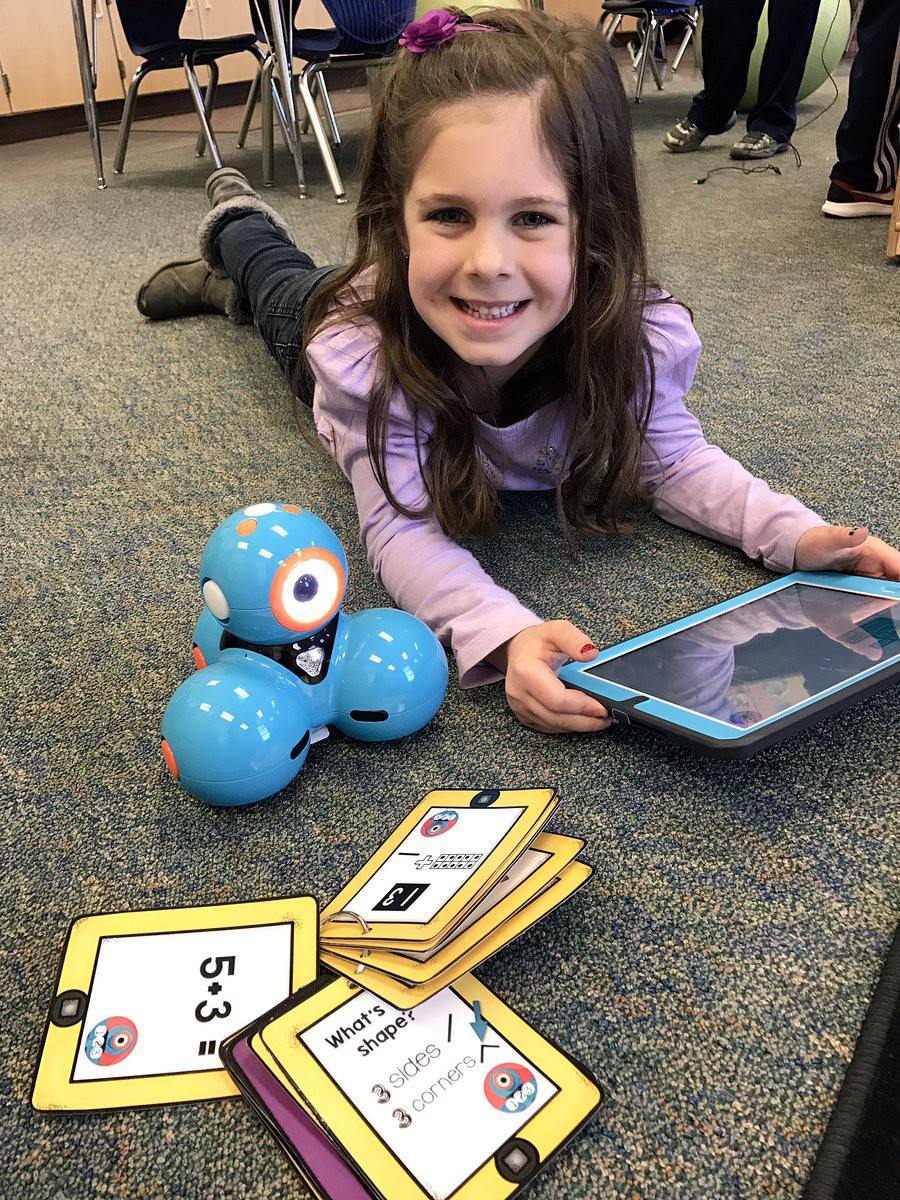
Coding is a skill that is being integrated into every content area at our school. Learners become intrinsically motivated when they are asked to solve creative challenges using tools such as Wonder Workshop’s Dash and Dot, or Spheros, Bee-Bots, Bloxels, and Ozobots.
5 Tips for Coding
1. Find a buddy. Find another teacher who is willing to jump in with you. It’s easier to code with a friend, and more fun!
2. Use Twitter to develop a Personal Learning Network. Follow @wonderworkshop to help develop new ideas and get started. See what our amazing teachers are doing at Bay Harbor by following #bhsailors.
3. Jump in! Don’t feel that you need to be an expert in robotics. Use the Wonder Workshop resources available to you at https://education.makewonder.com/.
4. Two heads are better than one! Collaborate with your Technology Integration Specialist, Gifted and Talented Specialist, and/or your Library Media Specialist. Brainstorm and work together to discover ways to integrate coding into the curriculum.
5. Let your students lead their learning! They may run into roadblocks while coding. Help them develop skills to problem-solve and find the solution on their own. Let their passions and curiosities drive their path.
Get started with Wonder Workshop’s resources.


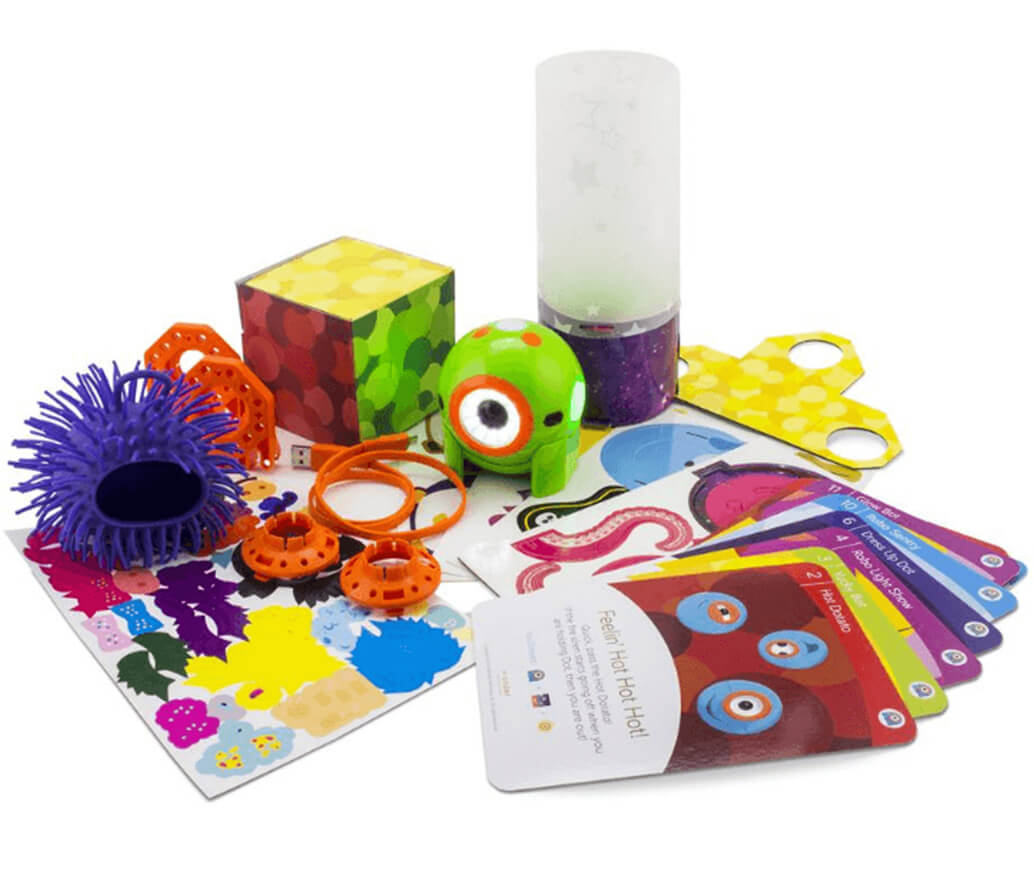
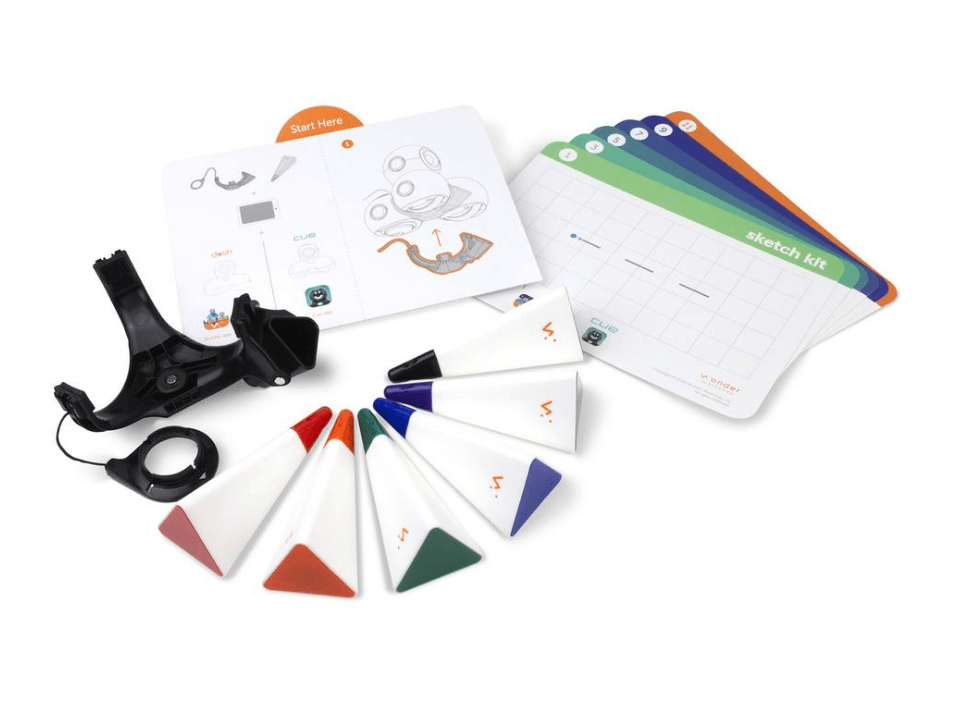


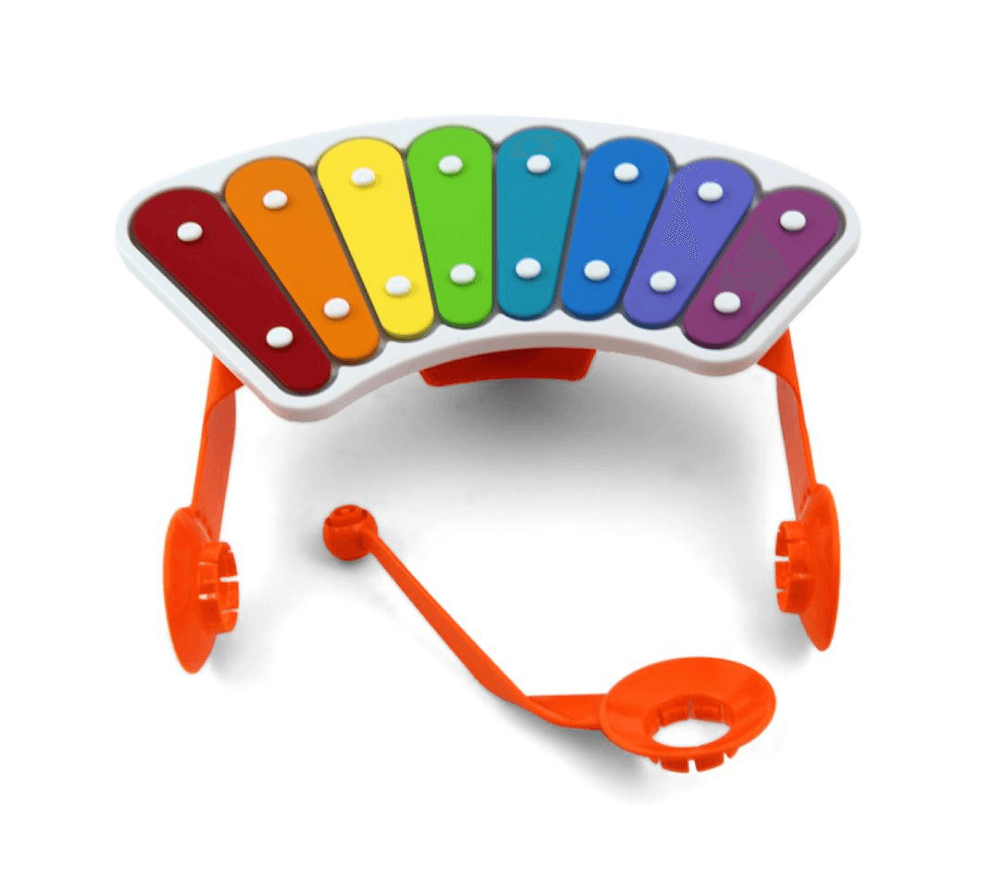


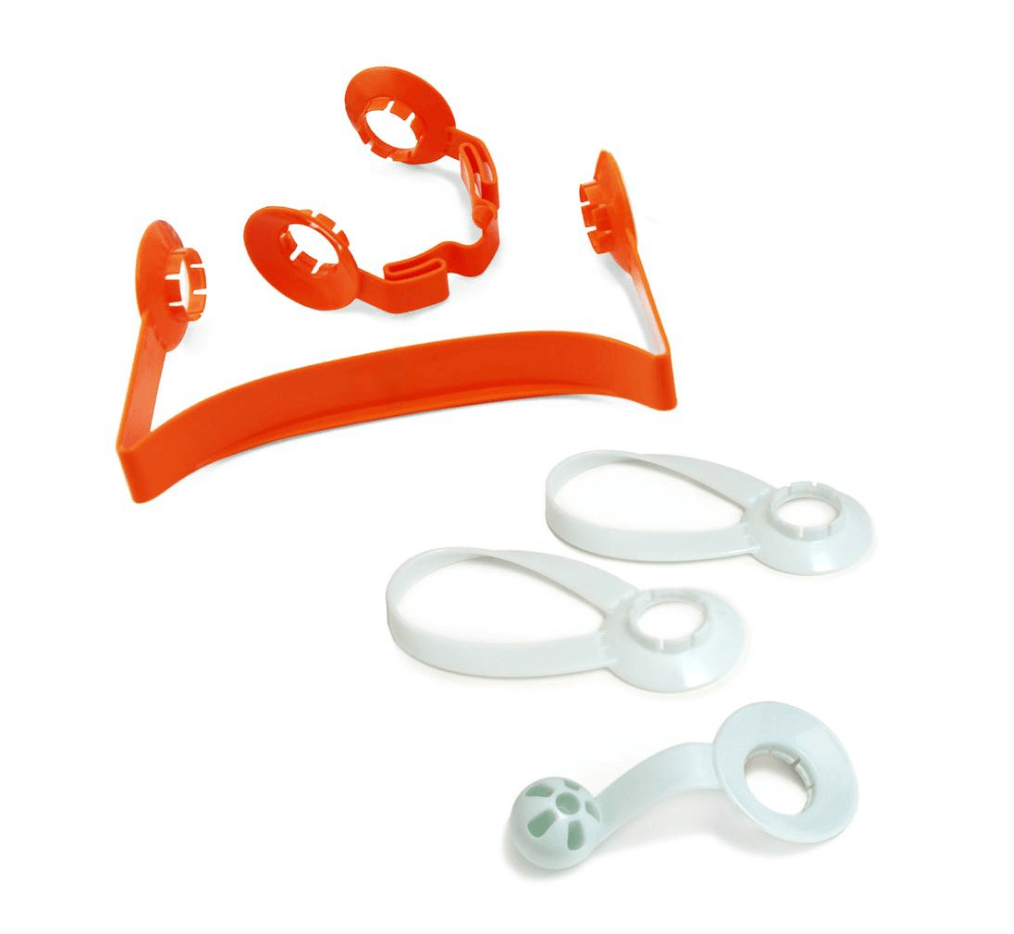

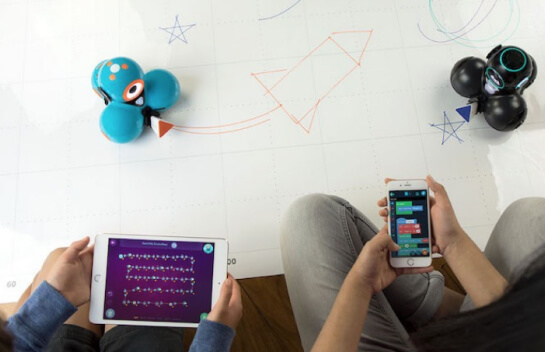
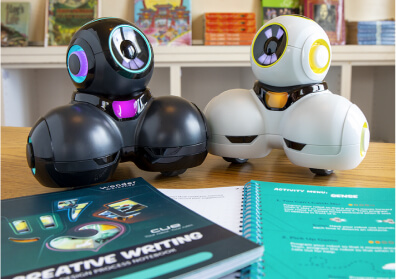
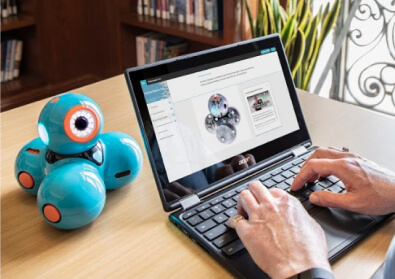


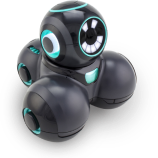




 Please wait while you are redirected to the right page...
Please wait while you are redirected to the right page...